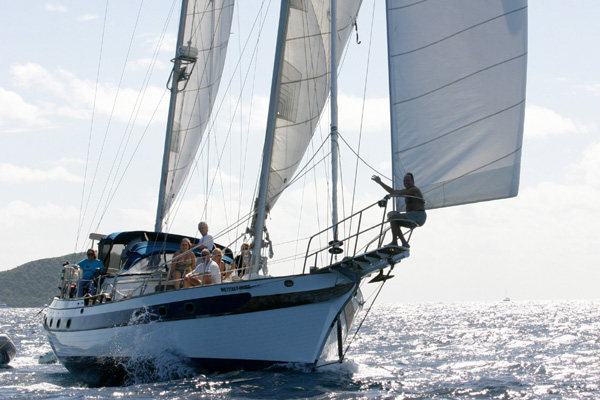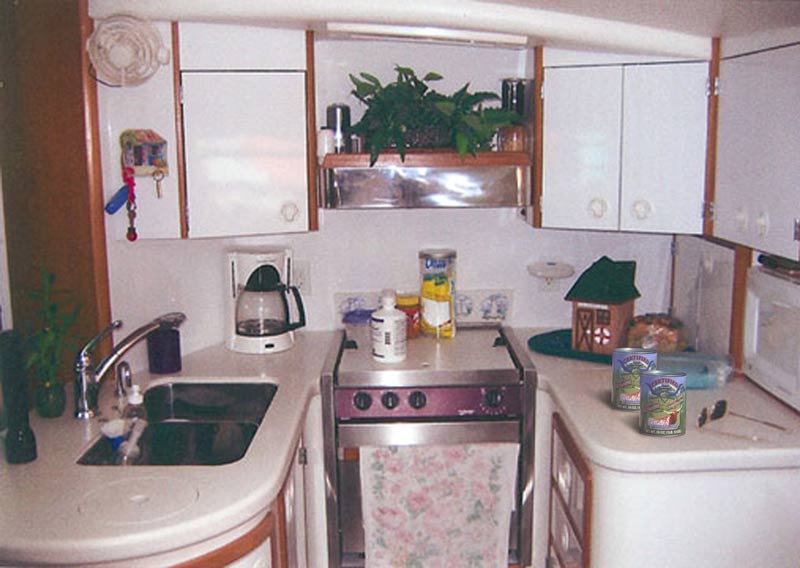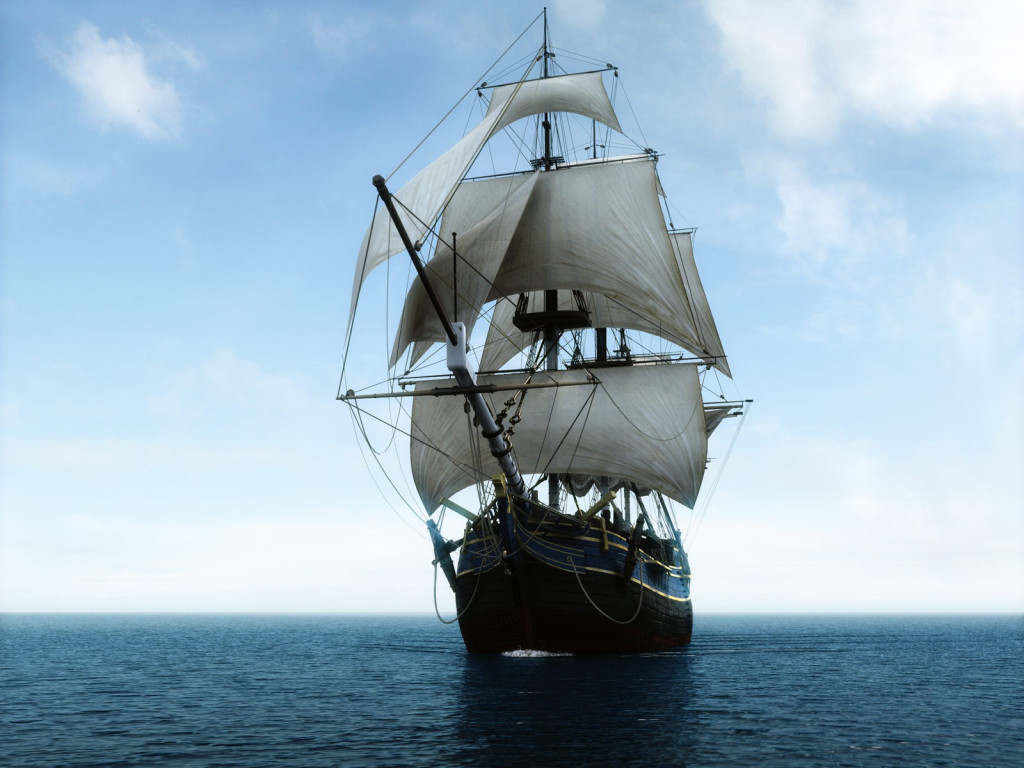Nutrition At Sea
 The largest food provision plans in history were the conquests of Alexander the Great when thousands of cattle were trailed with his military. Although food was taken from nations he defeated, thousands of cattle had to trail at the speed of solders to keep them well fed. With hundreds of thousands of rugged fighting men the food preparation was believed to be the largest volume of meal servings in history.
The largest food provision plans in history were the conquests of Alexander the Great when thousands of cattle were trailed with his military. Although food was taken from nations he defeated, thousands of cattle had to trail at the speed of solders to keep them well fed. With hundreds of thousands of rugged fighting men the food preparation was believed to be the largest volume of meal servings in history.
The need for nutritious and preserved foods on long sailing voyages was initially solved by taking tons of live food on board ship, along with a butcher/cook. However, this took up large amounts of space on what were often small ships, reducing the time a ship could sail before finding land. Before refrigeration, luxury ships out of England carried small cows for daily fresh milk, a breed called Dexters.
The historic lack of healthy food provisions on long sea voyages caused numerous deaths from diseases related to malnutrition. It was such a concern that long ocean trips were not possible until food storage and containment was perfected.
 During the first years of the Napoleonic Wars, the French government offered a hefty cash award of 12,000 francs to any inventor who could devise a cheap and effective method of preserving large amounts of food. A French confectioner and brewer, Nicholas Appert, observed that cooked food, properly sealed inside a jar did not spoil and developed an innovative method of sealing food in glass jars.
During the first years of the Napoleonic Wars, the French government offered a hefty cash award of 12,000 francs to any inventor who could devise a cheap and effective method of preserving large amounts of food. A French confectioner and brewer, Nicholas Appert, observed that cooked food, properly sealed inside a jar did not spoil and developed an innovative method of sealing food in glass jars.
In 1824 Sir William Edward Parry took canned beef for his voyage to the Arctic on the HMS Fury, during his search for a northwestern passage to India. Robert Ayars established the first American canning factory in New York City in 1812, using improved tin-plated wrought-iron cans for preserving oysters, meats, fruits and vegetables. In 1939 cans of beef were opened from the Admiral Leopold McLintock expedition in 1857 and were preserved, edible and nutritious.
 Demand for canned food skyrocketed during World War I, as military commanders sought vast quantities of cheap, nutritious food to feed their millions of soldiers, which could be transported safely, survive trench conditions, and not spoil in transport. Throughout the wars, soldiers generally subsisted on canned foodstuffs, such as the British “Bully Beef” ( corned beef), pork and beans and Maconochies Irish Stew.
Demand for canned food skyrocketed during World War I, as military commanders sought vast quantities of cheap, nutritious food to feed their millions of soldiers, which could be transported safely, survive trench conditions, and not spoil in transport. Throughout the wars, soldiers generally subsisted on canned foodstuffs, such as the British “Bully Beef” ( corned beef), pork and beans and Maconochies Irish Stew.
Canned Goods (and canning supplies) sell particularly well in times of recession due to the tendency of financially-stressed individuals to engage in cocooning, a term used by retail analysts to describe the phenomenon in which people actively minimize the cost of travel from their houses. In 2009, the recession-laden United States saw an 11.5% rise in sales of canning-related items.
 Modern techniques of canning are much improved, more economical and yet still as important 200 years later for ocean travel. The canning process of heat and serve meats reduces storage space needed on board, reduces freezer space necessary and provides healthy volumes of product.
Modern techniques of canning are much improved, more economical and yet still as important 200 years later for ocean travel. The canning process of heat and serve meats reduces storage space needed on board, reduces freezer space necessary and provides healthy volumes of product.
LHT beef produced on the grass lands of Ohio’s Appalachian Mountains is available for ocean travel provisions to be served for numerous formal recipes. Room temperature storage is used. A product well appreciated on the high seas is the lean, grass fed, range raised Texas Longhorn Certified Beef. It is an all natural product made in the USA and contains only beef (full label info) and a pinch of salt. No water or filler gravy added. Due to the popularity of the LHT heat and serve beef product an all natural turkey and pork is also available.
Heat and Serve prices…. |
|||
| 28 oz can | Case of 12 | ||
| Beef | $15.75 | $185 | |
| Turkey | $13.00 | $120 | |
| Pork | $13.00 | $120.00 | |
| Triple pack 4 each | $130.00 | ||


UPS shipment – net freight at costs.
Ask about pallet lots. Shipments to the US port of choice.
Place orders with the LHT Store info@head2tail.com/ Store phone 740 758 5050